8 of the most haunted places to visit in Edinburgh
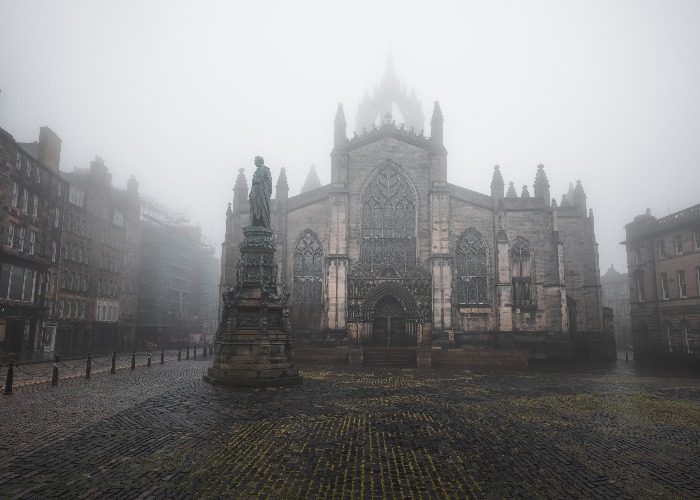
Scotland’s capital city is full of paranormal activity thanks to its dark, historical legacy of sordid living conditions, witchcraft trials and murder most foul...
Edinburgh is a “sudden city”, the novelist G.K. Chesterton once remarked. A stunning townscape made up of spiralling bridges and mighty precipices, where the street level drops unexpectedly in places. The sight never fails to knock visitors breathless.
But, for those curious enough to peer just below the surface, a series of more cordoned off locations reveal a sinister side to the city: one believed to remain troubled by the horrors of Edinburgh’s less reputable past…
1. The South Bridge Vaults
Hearts start pounding from the moment visitors set foot inside the South Bridge Vaults. The vaults are where merchants stocked goods during the 1790s, but were promptly abandoned after water dripping through the ceilings made them stagnant. Today, these pitch-dark rooms are deeply unsettling and regularly send tourists sprinting for the exit.
Venture to inspect a real witches’ temple – in use from the mid-90s up until 2014 – by exploring the black depths of the bridge with a darkly humorous guide from Auld Reekie Tours. Or, have a wee dram of Dewar’s Scotch Whisky after wandering the underground with Mercat Tours, to steady the nerves after any chance encounters with The Watcher (one of the vaults' famous ghosts).
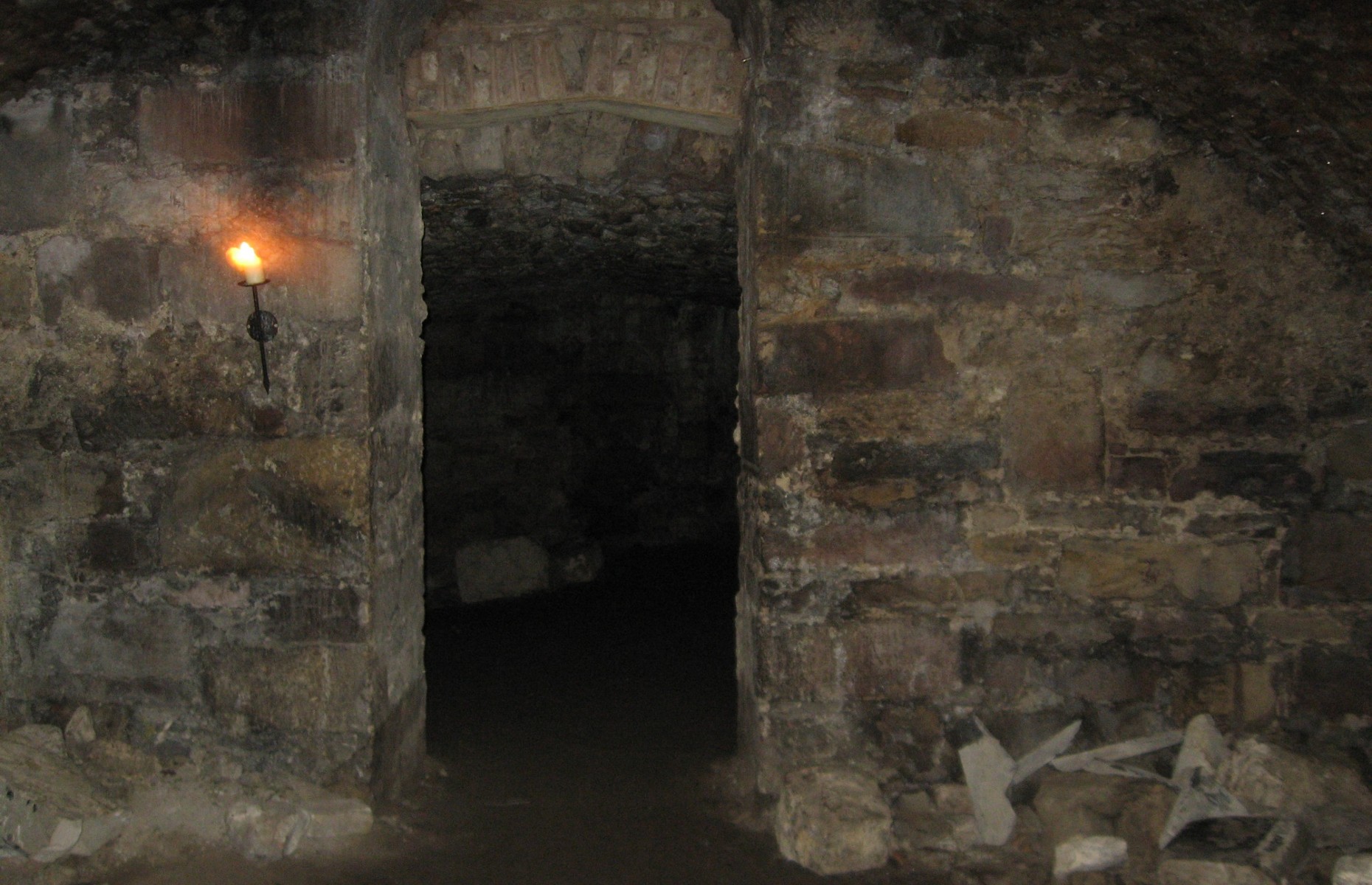 Andrea Vail/CC BY-ND 2.0/Flickr
Andrea Vail/CC BY-ND 2.0/Flickr
2. Greyfriars Kirkyard
Famed for its imposing tombstones, which inspired the names of multiple Harry Potter characters, visitors have more than Lord Voldemort to reckon with inside Greyfriars Kirkyard. Plunge deep into the gloom of this old burial ground to gain exclusive access to The Black Mausoleum with City of the Dead Tours.
Haunted by the malicious poltergeist of Bloody Mackenzie, those who can muster up enough courage to creep inside the barricaded tomb should brace themselves: the restless soul of this notorious mass murderer does not take kindly to being disturbed…
 Arcady/Shutterstock
Arcady/Shutterstock
READ MORE: Explore Edinburgh: what to do, places to visit and where to eat and stay
3. The Meadows
University students sprawl leisurely upon the green of The Meadows, an immaculately kept public park with breathtaking views of Arthur’s Seat. It contains one of the oldest short-hole golf course in the world, the Bruntsfield Links – and locals strongly suspect that a troubling secret lies beneath the turf.
The links are the last surviving part of the Burgh Muir, a forest once used to isolate plague infectants. A handful died en route to quarantine centres, and their discarded bodies sometimes crop up in private gardens around the area. Take care not to awaken the dead while strolling through this (not-so) restful golf and picnic spot.
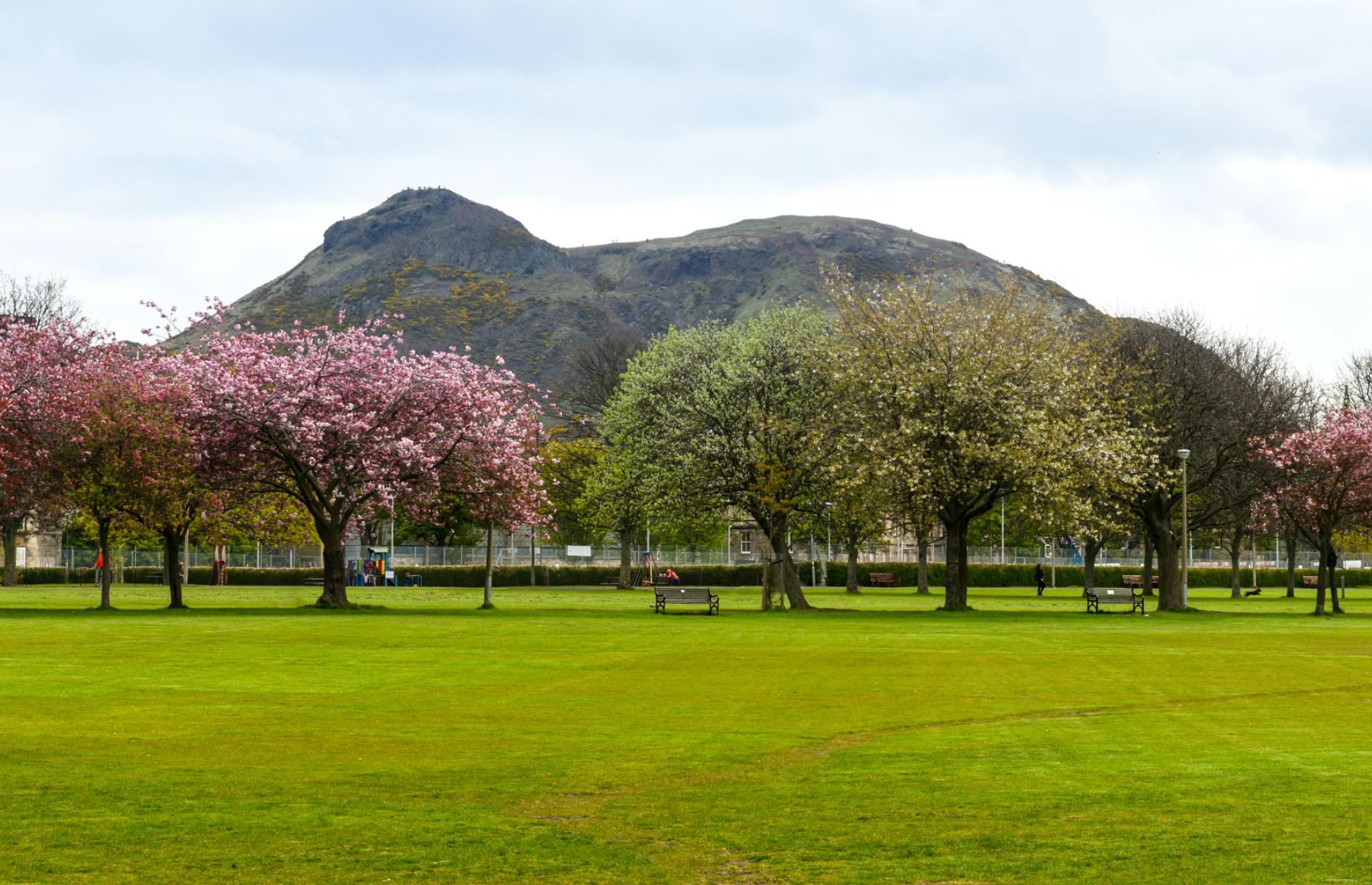 ABO PHOTOGRAPHY/Shutterstock
ABO PHOTOGRAPHY/Shutterstock
4. Mary King's Close
Legend goes that the residents of Mary King’s Close – 'close' being a Scots word for alleyway – were left to die of the plague after the council savagely blocked up access to the street. As part of a larger labyrinth of forgotten alleyways beneath Edinburgh’s City Chambers, the close has been shrouded by tall tales of hauntings for centuries.
Disappointingly, most of them are untrue. Plague victims were sent to the Burgh Muir!
But in 1992, a Japanese psychic did visit Mary King’s Close and made contact with the spirit of a distressed child named Annie. Book a tour at The Real Mary King’s Close to glimpse the unnerving pile of dolls left by visitors in her memory, which grows by the day.
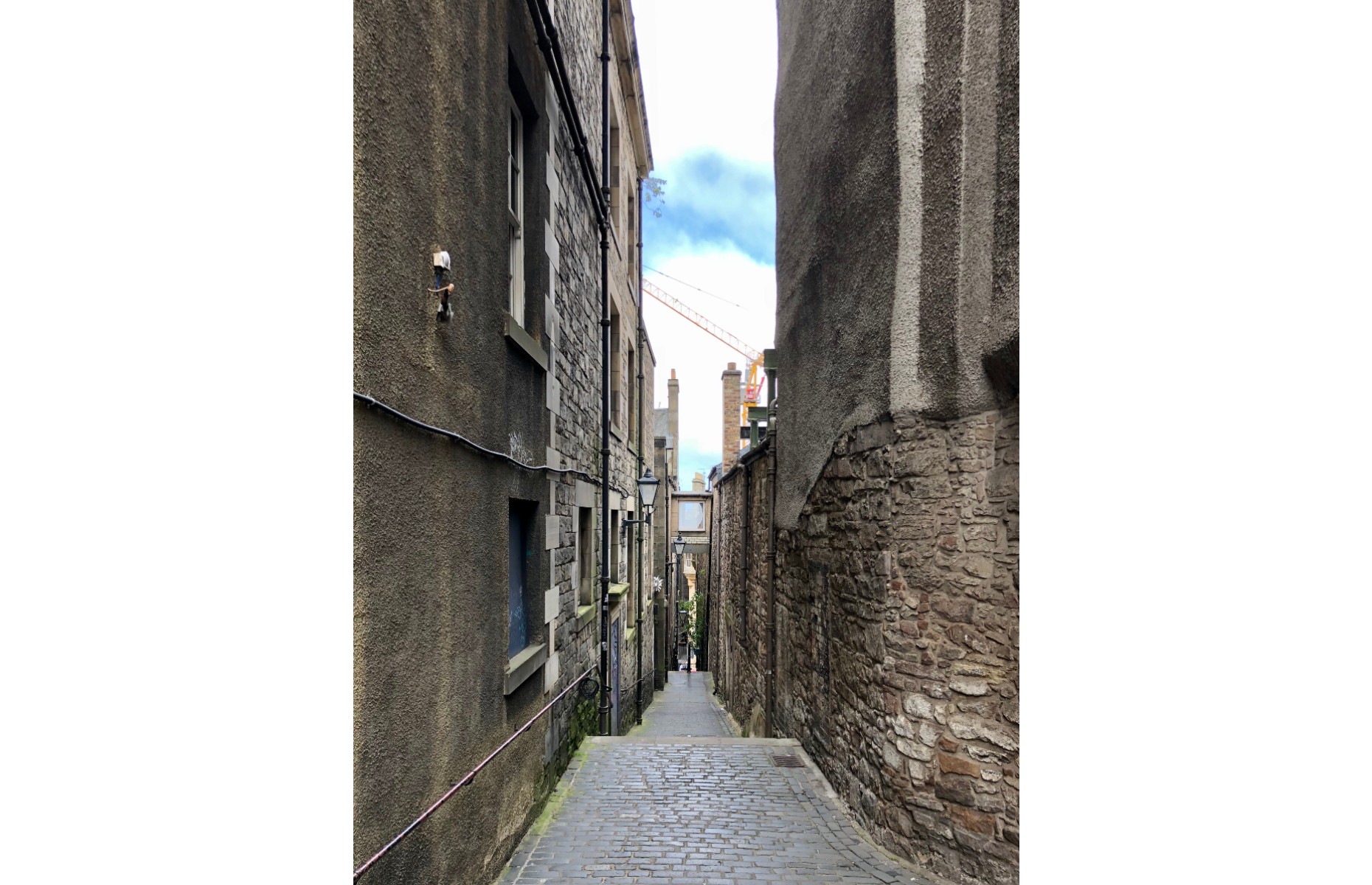 syahir rahim/Shutterstock
syahir rahim/Shutterstock
READ MORE: Ultimate guide to Edinburgh's festivals
5. Scotland Street Tunnel
The sleepy districts of Canonmills and Stockbridge entice visitors to relax and unwind in artisan coffee shops, quirky pubs and leafy gardens. However, obscured by the bushy enfolds of George V Park is the gaping black entrance to the Scotland Street Tunnel.
Four men met their watery ends here in 1844, when a mine flooded during its construction. A dark presence unquestionably still hangs about this abandoned Victorian railway line, felt most closely when peering through its ominously barred entrance, or while wandering down the echoing footpath of the Rodney Street Tunnel nearby.
6. Calton Hill
Dusk falls, and the Neoclassical façades framing Edinburgh’s 'Acropolis' come alive with blazing fires, wild acrobats and rhythmic drumming. Calton Hill is a place darkened by the memory of witch burnings, making it fertile ground for the annual celebration of Beltane.
The Celtic ritual dramatises the arrival of summer, and the Beltane Fire Festival is a unique opportunity for travellers to join in with a cavalcade of otherworldly performers – bound to spook and galvanize all those present into participating through ritualistic song and dance.
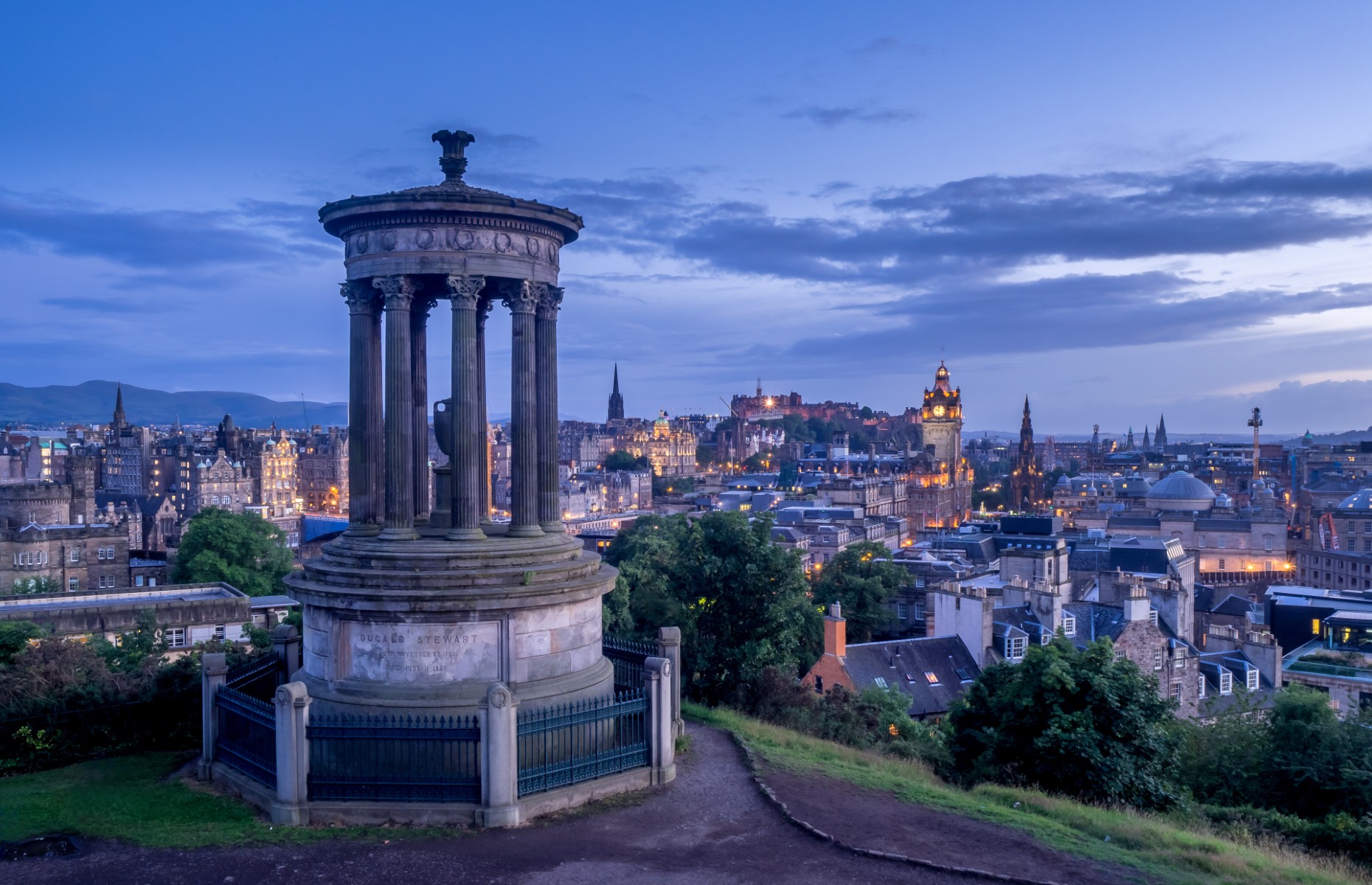 Jeff Whyte/Shutterstock
Jeff Whyte/Shutterstock
READ MORE: Explore South Queensferry: Edinburgh’s secret seaside suburb
7. The West Bow
Number 84 West Bow is a curiosity shop filled with ghoulish knick-knacks, such as a calling card bound in the skin of notorious bodysnatcher William Burke. Yet the spookiest legacy related to the area is best recounted by Edinburgh’s The Cadies and Witchery Tours.
A skilled storyteller transforms the cheerful thoroughfare of Victoria Street into a macabre stage for the demise of Major Thomas Weir. Once a well-respected ex-army officer, the Major was sentenced to death in 1670 for necromancy. Feared throughout the city, Weir’s former home was then left empty for over a century…or was it?
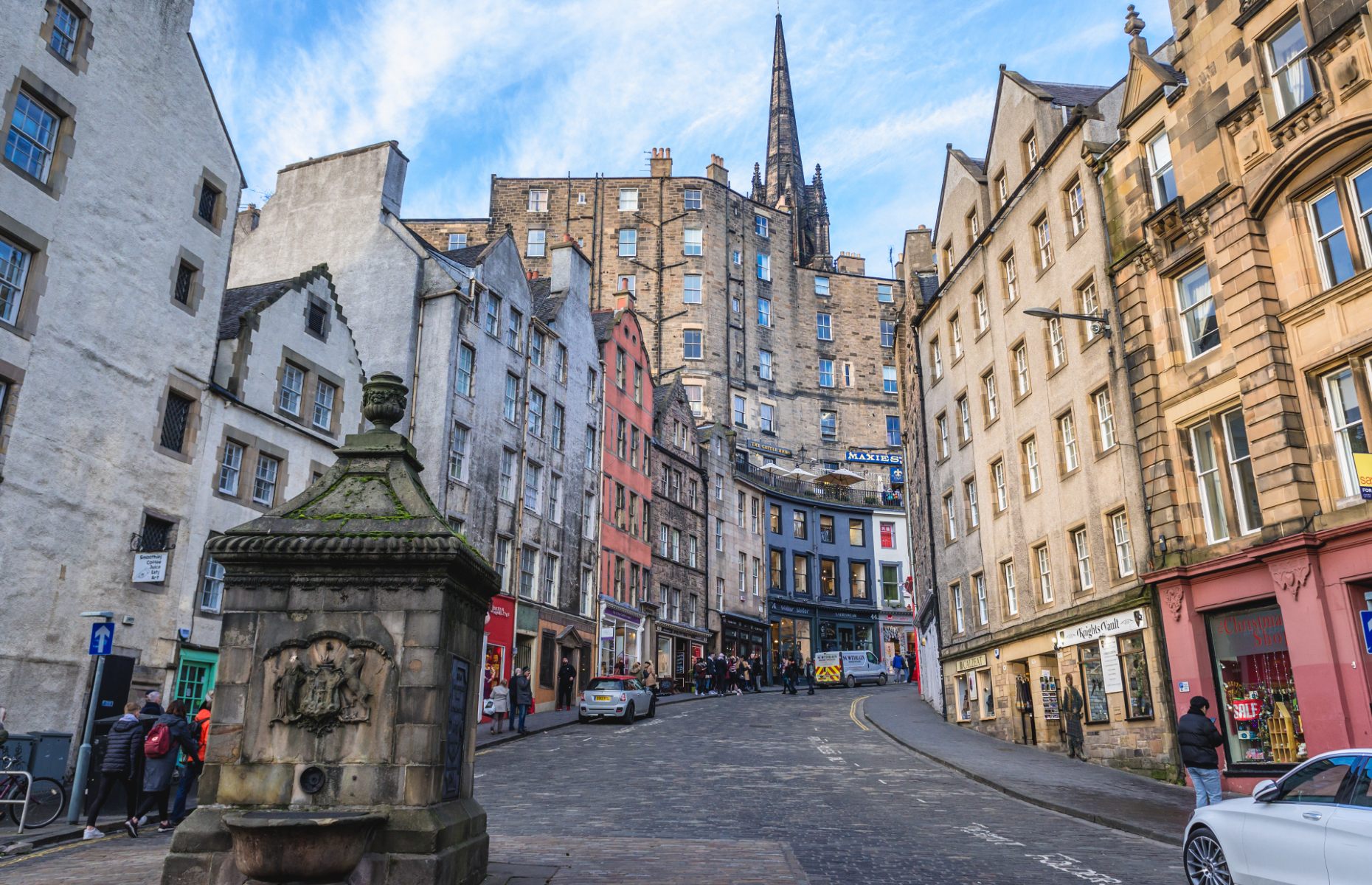 Fotokon/Shutterstock
Fotokon/Shutterstock
8. Queensbury House
Beyond the boisterous and bustling Royal Mile lies Edinburgh’s Canongate, a historically sacred location where the Scottish Parliament currently resides. A 17th-century mansion named Queensbury House forms part of its complex.
Here, the Earl of Drumlanrig was allegedly discovered roasting a servant boy, on a spit, in the year 1707 – and the child’s turbulent ghost still haunts the premises today. Wander down to Holyrood Park to inspect the mansion’s misleadingly quaint exterior, built as if to conceal the sordid secret within.
Lead image: Stephen Bridger/Shutterstock
Comments
Be the first to comment
Do you want to comment on this article? You need to be signed in for this feature